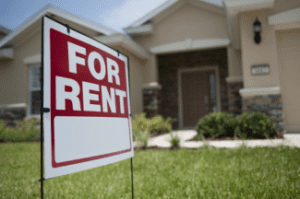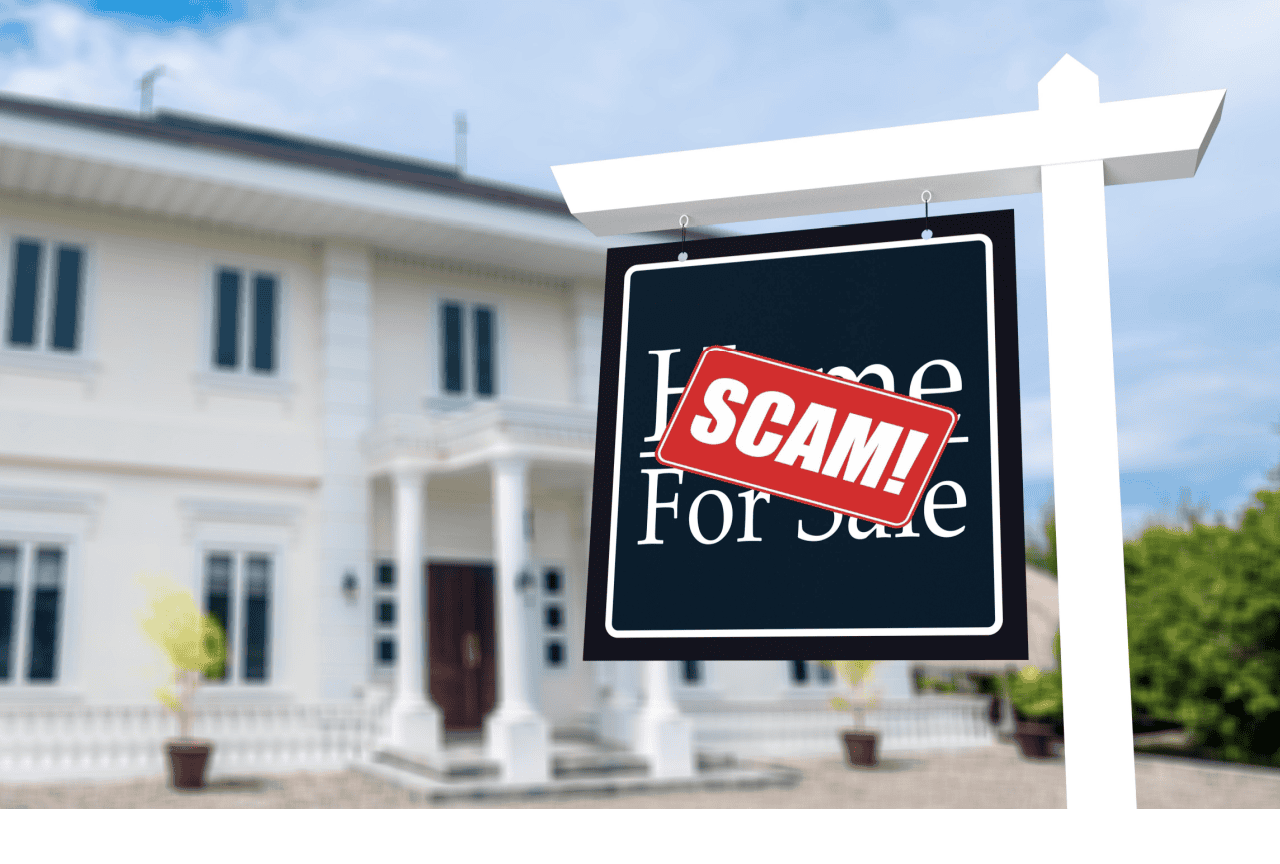Buying a Second Home to Rent: Dos and Don’ts
While there are financial benefits to investing in rental property, there are risks—tenants who don’t pay their rent and the headache of being a landlord—as well. You’ll need to weigh taxes, real estate appreciation, mortgage, and maintenance costs, and your desire to be a landlord when deciding if owning a rental is a wise financial move.
KEY TAKEAWAYS

- On the downside, you’ll have to be a landlord—which includes time and energy.
- One of the best things prospective landlords can do is their real estate homework and run the numbers
Do Think About the Tax Advantages
You can deduct interest, taxes, insurance, and other expenses against the property’s income and usually deduct losses against your other income. You can also deduct depreciation from your taxes.
The deduction is basically an allowance for wear and tear over 27.5 years, as of 2021. You can sell a rental property and roll the proceeds into other rental property without paying capital gains taxes.
Don’t Forget You’ll Be a Landlord
Your rental property is a business that requires time and energy. You’ll need to keep up-to-date on rental laws and are legally required to maintain a safe and habitable property for your tenants.
Remember that a tenant paying top dollar has a right to expect a near-instant response to any problem, large or small. Renters who know they are paying a little under market will tend to be a little less demanding. It helps if you can do minor repairs yourself. You also have to collect rents and deal with delinquent tenants.
If the prospect of managing your own rentals is daunting, ask your real estate broker for a referral to a property manager or caretaker or do an online search. Just be aware that hiring a property manager will eat into your returns.
Do Your Real Estate Homework
Spend as much, if not more, time researching rental property as you would buying a place to live in. You must know the market specifics, zoning laws, and trends for both rentals and home sales in the location you are contemplating. Look at schools, transportation, recreational resources, shopping, and what tenants in the area expect in a rental.
Buying a foreclosure can be an option since the foreclosing bank typically wants to recover the mortgage balance and will sell the property at less than market value.
Get a Free Multifamily Loan Quote
Access Non-Recourse, 10+ Year Fixed, 30-Year Amortization
You’ll want your property to be attractive to renters. Look for a property with waterfront or close to a college campus or a local school zone. An older house in a stable community or one in a neighborhood being revitalized can be a good option as well.
If you buy an investment rental property on a new golf course beware of the “golf course syndrome.” If newer and fancier golf course housing is built in the same general area, your property could appear dated in a few years which will depress the price.
Don’t Neglect to Run the Numbers
Use smartphone apps or online mortgage calculators to analyze your monthly housing costs. A calculator should allow you to enter the purchase price, down payment, taxes, insurance, and mortgage loan interest rate. The mortgage rates on rental properties are typically higher than the rates for a primary home. Also factor in maintenance and repairs. A good rule of thumb is about 1% of the purchase price per year.
So a $300,000 property would cost roughly $3,000 per year to maintain. However, you may want to increase the percentage to 1.5% or 2% if the property is older. Another way to calculate repairs and maintenance is to adhere to what is sometimes called the “square foot rule,” which suggests homeowners budget $1 per square foot per year. If your rental home is 1,800-square feet, for example, you are looking at $1,800 a year in repair and maintenance costs.
Real World Example
Here is an example of projected income: Say you are renting a $300,000 home for $2,000 per month. The 20% down payment is $60,000, and the 30-year fixed interest rate on the $240,000 balance is 4%. Taxes, insurance, and a maintenance budget will bring the monthly cost to $1,764, yielding a nominal profit of $2,838 per year, or 4.73% of the down payment per year. Not bad.
That’s much better than a savings account and better than most blue-chip stocks pay in dividends, although perhaps not as much as you could earn in the stock market in a good year. But when you calculate the typical depreciation of 3.64%, the nominal gain of $2,838 becomes a loss of $6,252, which you can apply against other income.4 However, depending on your tax bracket, that could amount to several hundred dollars of tax savings to a positive cash flow plus the possibility that the home will appreciate in value.
The Bottom Line
Investing in real estate for income is not for everyone, but if you treat your investment as a business, have a tolerance for the inherent risks, and are handy with a hammer, the financial benefits can be substantial.
Source: Investopedia















 Accessibility
Accessibility